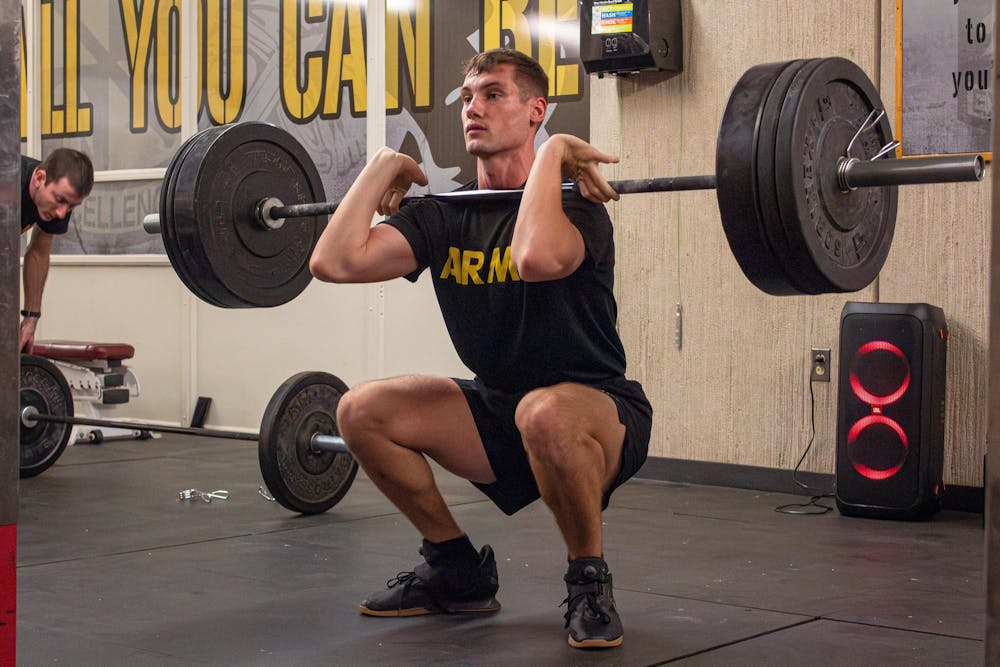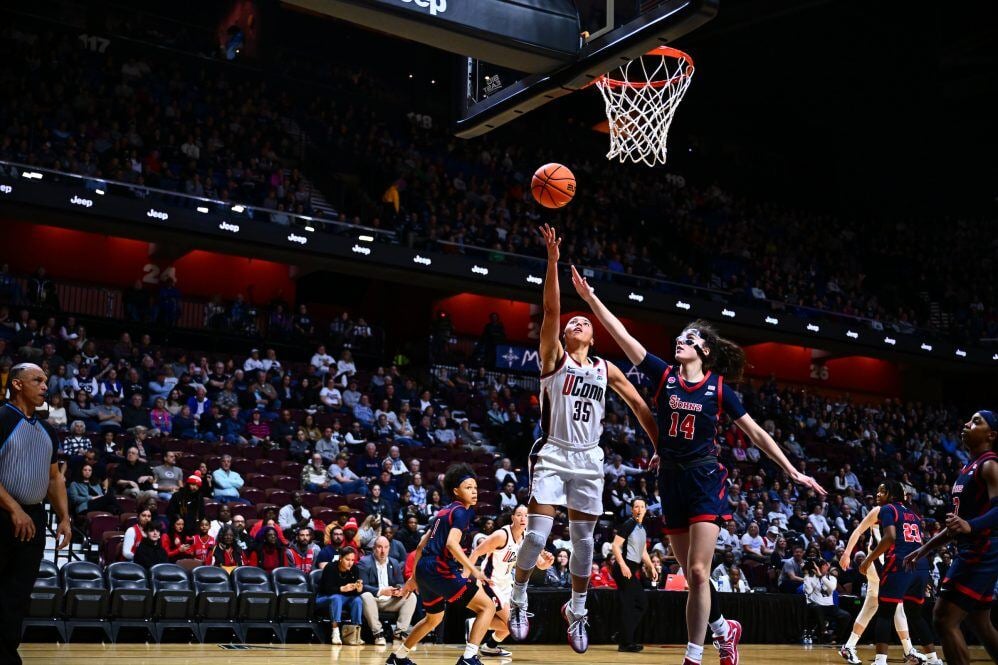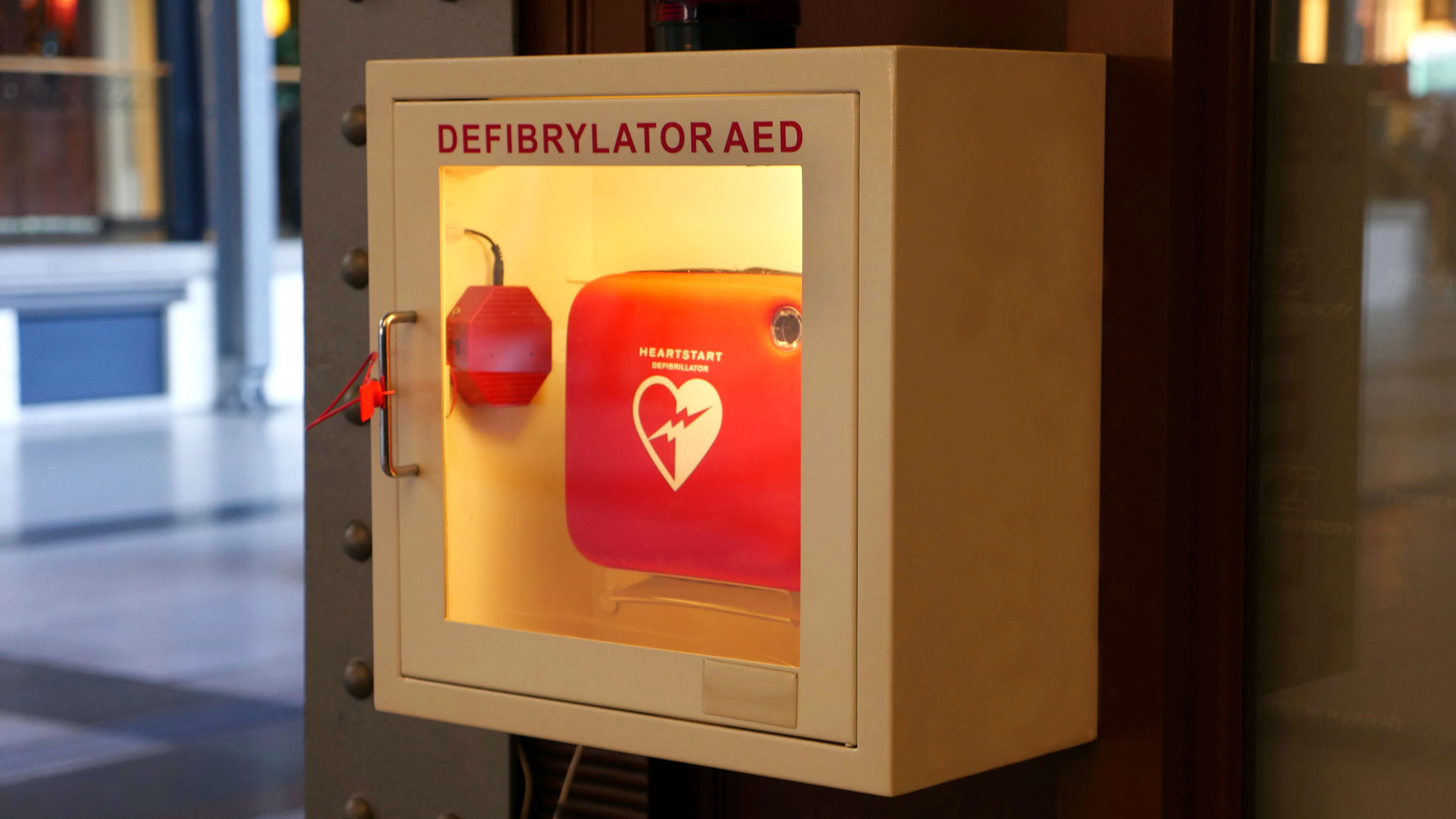Have Treatments for Achilles Injuries in Sports Evolved?
 The Achilles tendon, once a devastating injury in sports, no longer brings to mind an end of an athlete's career (or at least being out for a year or more) thanks to significant advancements in sports medicine.
The Achilles tendon, once a devastating injury in sports, no longer brings to mind an end of an athlete's career (or at least being out for a year or more) thanks to significant advancements in sports medicine.
 The Achilles tendon rupture still requires extensive rehab and patience. But, as NFL QB Aaron Rogers has demonstrated in the 2023 season, there is hope for faster returns to play.
The Achilles tendon rupture still requires extensive rehab and patience. But, as NFL QB Aaron Rogers has demonstrated in the 2023 season, there is hope for faster returns to play.
Causes and Symptoms of an Achilles Tendon Rupture
This injury typically occurs where the tendon joins the calf muscles. A lack of flexibility often leads to an Achilles injury, and stretching the lower leg is essential for prevention.
Overuse can lead to Achilles Tendonitis and, in severe cases, a complete rupture.
Symptoms include sudden pain and swelling at the back of the ankle, a popping sensation, and difficulty in foot movements. Diagnosis usually involves an MRI scan.
Sports Medicine Treatments for an Achilles Tear
Immediate treatment is crucial for full strength recovery. Due to the low blood supply in the area, healing takes longer than other leg injuries.
Surgery, often the recommended route, involves reconnecting the ruptured tendon, sometimes using a graft from another tendon.
Non-surgical options include RICE (Rest, Ice, Compression, Elevation), plasma injections, shockwave therapy, and orthotics. However, non-surgical treatments carry a higher risk of re-rupture.
Recovery Time For An Achilles Tendon Rupture
Recovery typically spans 6-9 months. The initial 2-4 weeks involve immobilization, followed by 8-10 weeks in a cast, boot, or brace. This is succeeded by 4-6 months of physical therapy with a gradual increase in weight-bearing activities.
Age is a factor, with those over 30 more prone to Achilles injuries. Various surgical techniques offer similar recovery times.
The one big notable advancement is the SpeedBridge surgery, which has been advocated by NFL quarterback Aaron Rodgers. He suffered his Achilles injury on one of the first plays of the first game of the season. And he was cleared to start practicing with the team by the 10th week and could possibly play near the end of the season.
This technique, which anchors the tendon to the heel, allows for a more aggressive approach to physical therapy, potentially speeding up recovery.
While an Achilles tendon rupture remains a significant challenge for athletes, advancements in treatment and surgical techniques have transformed it from a career-ending injury to one that can be effectively managed and overcome.
![HR Logo [Recovered]_Full Color Vertical-1](https://blog.healthyroster.com/hs-fs/hubfs/HR%20Logo%20%5BRecovered%5D_Full%20Color%20Vertical-1.png?width=199&height=178&name=HR%20Logo%20%5BRecovered%5D_Full%20Color%20Vertical-1.png)
 By
By


